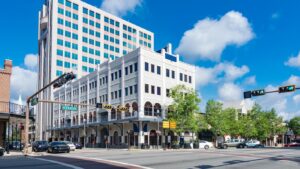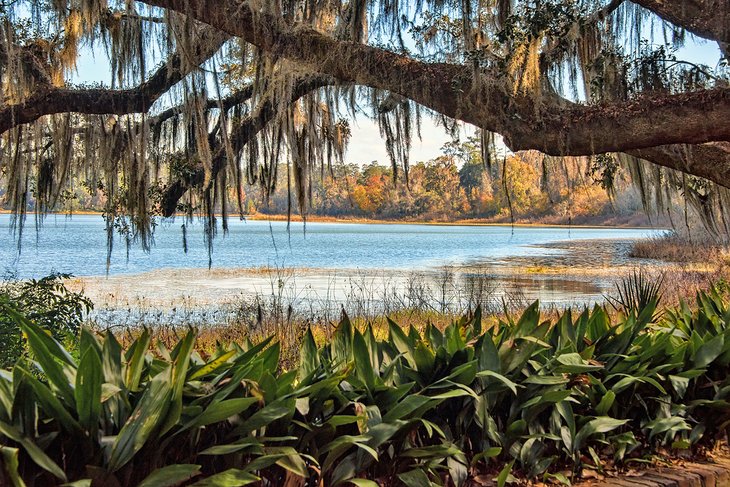
Navigating Tallahassee’s streets on foot can be daunting.
It is a topic that evokes mixed sentiments among residents and students. While some find it convenient and efficient, others encounter challenges that raise questions about the city’s pedestrian-friendliness.
Some residents want to know when the city will allocate tax dollars for improved sidewalks and enhanced public transportation, while students yearn for accessibility to work and school.
Alberta Chery, a 21-year-old healthcare informatics major at Florida A&M, points out the convenience of ride-sharing services.
“I Uber around the city, and I walk to class,” she said.
Although services like Uber may seem practical, safety remains the biggest concern for students in Tallahassee.
“I prefer to order rides at night to cut the costs, but I have been attacked by an Uber driver before,” Chery said.
Danitza Paz, a recent graduate of FSU, observes that on-campus transportation is efficient, yet this is not the case for off-campus commuting.
“If it’s on campus, the buses are pretty good, but there’s a side on Jackson Bluff where I have to keep going to the other side because the sidewalk just ends,” Paz said.
Paz said that her commute was nearly stress-free before she relocated to her current apartment.
“Ubers in Tallahassee don’t allow carpooling, so if I order one in the day, there’s no telling how much it will cost,” she said.
She also recounts unsettling encounters during late-night walks, further underscoring safety concerns for pedestrians.
“I’ve passed people laying in the streets, and I couldn’t tell if they were alive or not,” Paz said.
J.R. Harding, a local disability advocate, highlights individuals’ challenges with mobility issues.
“Most people today will use Uber or Lyft, but there are no Ubers or Lyfts in Tallahassee for people with mobility devices,” he said.
The lack of accessible ride-sharing options leaves many residents and students with disabilities in a tough spot; it also affects community members who are elderly and without home aid.
Harding emphasized the need for improvements in the city’s infrastructure.
“I would enhance more sidewalks, crosswalks, and transit stops,” Harding said.
Many sidewalks in Tallahassee need to be updated, with limited width and poor maintenance. Harding hopes for an upgrade to meet the new standard of 5-foot-wide sidewalks, accommodating bicyclists and motor vehicles alongside pedestrians.
The question of whether Tallahassee is truly pedestrian-friendly remains complex. While it offers some conveniences, the need for better infrastructure and accessibility for all community members is evident.
Addressing these issues will be crucial to creating a more pedestrian-friendly Tallahassee as the city continues to evolve.











